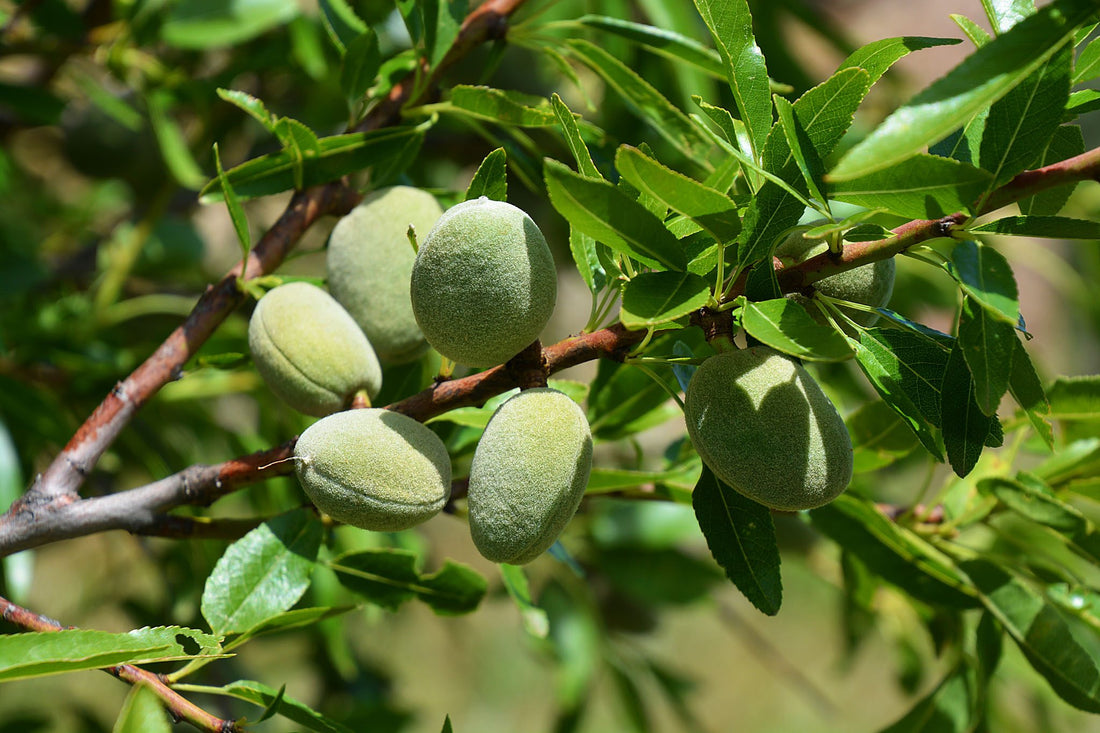Growing Almond Trees: A Complete Guide
Almond trees are not only renowned for their delicious nuts but also for their ornamental beauty. Whether you're a farmer or an urban gardener, understanding the intricacies of growing almond trees is essential. Here's everything you need to know about cultivating these nutritious delights.
Can I grow almond trees in my climate?
Short Answer: Almond trees thrive in Mediterranean climates but can adapt to diverse conditions.
- Climate Adaptability: Almond trees prefer mild, wet winters and hot, dry summers.
- Temperature Tolerance: They can withstand temperatures between 15°F to 105°F (-9°C to 40°C).
What states in the US grow almond trees?
Short Answer: California dominates almond production in the US.
- Leading States: California accounts for over 80% of global almond production.
- Other Regions: Almonds are also grown in states like Texas and Arizona.
Do I need a lot of space to grow an almond tree?
Short Answer: Almond trees require moderate space, but dwarf varieties suit small areas.
- Space Requirement: Standard almond trees need 15 to 25 feet (4.5 to 7.5 meters) of space.
- Dwarf Varieties: Compact trees can be grown in containers or smaller yards.
How much sun do almond trees need?
Short Answer: Almond trees thrive in full sun exposure.
- Sunlight Requirement: They need at least 6 to 8 hours of direct sunlight daily.
- Optimal Growth: Adequate sunlight ensures healthy foliage and abundant nut production.
Can almond trees grow in pots?
Short Answer: Yes, almond trees can be grown in pots with proper care.
- Container Size: Use large pots with good drainage to accommodate root growth.
- Maintenance: Regular watering and occasional pruning are essential for container-grown trees.
When is the best time to plant an almond tree?
Short Answer: Plant almond trees in late winter to early spring.
- Optimal Timing: Planting between February and March ensures establishment before summer.
- Avoid Frost: Planting during frost-free periods prevents damage to young trees.
What kind of soil do almond trees need?
Short Answer: Almond trees prefer well-draining, sandy loam soil.
- Soil Composition: Ideal soil has good drainage and a pH between 6.0 to 7.5.
- Avoid Waterlogging: Poorly drained soil can lead to root rot and other diseases.
How much water do almond trees need?
Short Answer: Almond trees require regular watering, especially during the growing season.
- Watering Frequency: Provide 1 to 2 inches (2.5 to 5 cm) of water per week.
- Drought Tolerance: Established trees can tolerate brief periods of drought but thrive with consistent moisture.
Do almond trees need to be pollinated?
Short Answer: Yes, almond trees require cross-pollination for nut production.
- Pollination Requirement: Plant different almond varieties for effective cross-pollination.
- Pollinator Presence: Bees play a crucial role in transferring pollen between trees.
How long does it take for an almond tree to produce nuts?
Short Answer: Almond trees typically start producing nuts 3 to 5 years after planting.
- Juvenile Stage: Young trees focus on vegetative growth rather than fruiting.
- Fruiting Period: Expect full nut production once the tree reaches maturity.
When can I harvest almonds from my tree?
Short Answer: Almonds are ready for harvest between late summer and early fall.
- Maturation Period: Nuts ripen gradually from August to October.
- Harvest Timing: Monitor nut development and harvest when the hulls split open.
How do I know when almonds are ripe?
Short Answer: Ripe almonds have hulls that split open easily, revealing mature nuts.
- Hull Appearance: Look for hulls that change color and start to dry out.
- Nut Condition: Fully developed nuts have a hard shell and a crisp texture.
Growing almond trees can be a rewarding experience, whether for commercial production or personal enjoyment. By understanding their requirements for climate, space, and care, you can cultivate thriving almond orchards or beautiful backyard specimens. Start your almond-growing journey today and enjoy the bountiful harvests for years to come.














